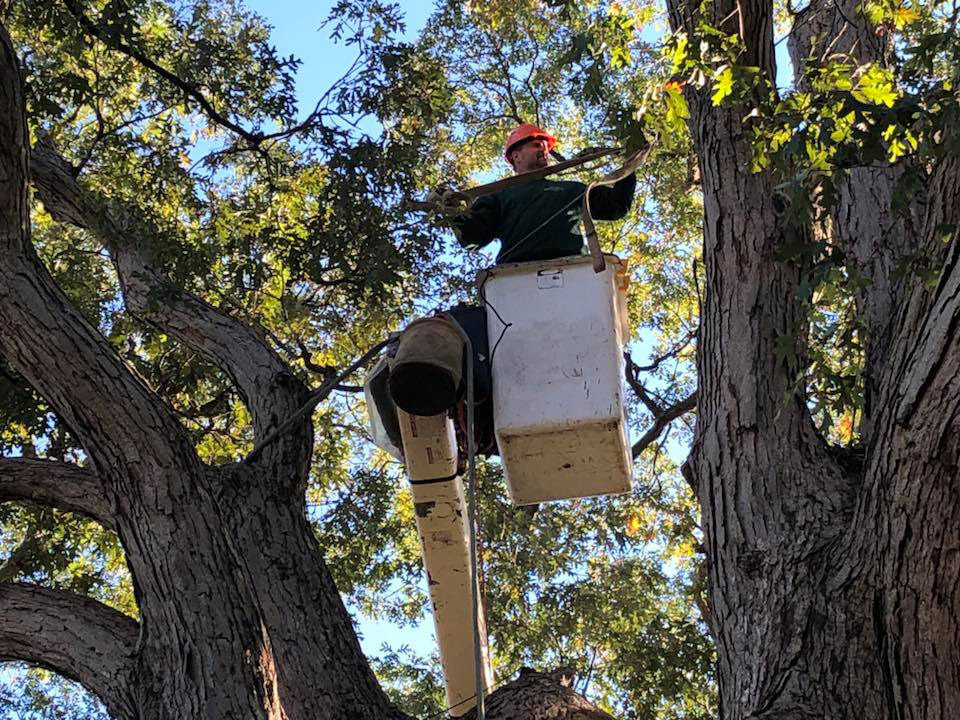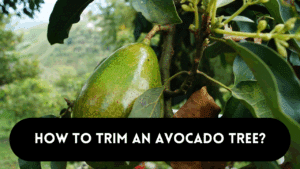Trim a Palo Verde tree involves careful attention and the proper techniques to guarantee the health and beauty of this distinctive desert species. In this detailed guide, we’ll go deeper into the world of Palo Verde trees and explore the procedures, best practices, and more information for efficiently trimming your Palo Verde tree.
The One-of-a-Kind Palo Verde Tree
Understanding the Palo Verde tree is crucial before beginning any trimming. Here are some crucial facts about this unusual desert tree:
1. Palo Verde Varieties
In the southern United States and Mexico, there are two primary kinds of Palo Verde trees: the Blue Palo Verde (Parkinsonia florida) and the Foothill Palo Verde (Parkinsonia microphylla). Blue Palo Verde trees are distinguished by their bluish-green bark, while Foothill Palo Verde trees are distinguished by their yellowish-green bark.
2. Drought Adaption
Palo Verde trees have evolved to thrive in arid desert regions, making them ideal for low-water landscapes. Their emerald bark assists them in performing photosynthesis efficiently, especially during droughts.
3. Extensive Blossoms
Palo Verde trees produce an abundance of small, yellow flowers in the spring, which blanket the tree’s canopy. This results in an eye-catching show that contrasts well with the green bark.
Tools Required to Trim a Palo Verde Tree
- Pruning Shears: are ideal for cutting small branches and twigs.
- Loppers: Designed for larger branches with a diameter of 1 inch or more.
- Pruning Saw: Necessary for tougher, woody growth and large branches.
- Safety Gear: Always wear protective gear, including gloves and safety glasses, for your safety during the trimming process.
How to Trim a Palo Verde Tree?
Let’s take a closer look at the trimming procedure:
Now, let’s get into the trimming procedure, giving you more information and tips on how to keep your Palo Verde tree in good shape:
1. Recognize Dead or Diseased Branches
Before you begin cutting, inspect your Palo Verde tree for any dead or diseased limbs. These branches are usually discolored, brittle, or have pest infestations. Removing them is not only necessary for the tree’s overall health, but it is also a preventive precaution to prevent disease and infestations from spreading.
It’s critical to make clean cuts just outside the branch collar. The swelling area where the branch attaches to the trunk when removing these branches Proper cuts encourage faster healing and lower the chance of infection.
2. Thinning the canopy
Palo Verde trees have dense canopies that can obstruct air circulation and sunlight penetration. Thin out the canopy by deliberately eliminating some branches to improve the tree’s overall health and appearance. This method not only promotes greater ventilation but also allows more sunlight to reach the tree’s lower branches.
3. Keeping the Natural Shape
The elegant growth patterns of Palo Verde trees are one of their main draws. The purpose of pruning should be to maintain the tree’s natural shape and form. Over-pruning can give the tree an odd appearance and generate extra stress.
4. Shortening Branch Length
Consider cutting branches that have grown too far to avoid damage during storms or high winds. These cuts are best performed slightly above a lateral branch or bud. This approach guarantees that the clipped branches continue to grow and contribute to the overall structure of the tree.
Additional Trimming Suggestions
1. The timing
Trim your Palo Verde tree in late winter or early spring, before the tree begins to grow actively. Trimming at this time relieves stress on the tree and allows it to recuperate faster. Trimming should be avoided during the hot summer months since the tree is more susceptible to stress and injury.
2. Safety
When it comes to tree trimming, safety should always come first. Wear safety equipment, including gloves and safety glasses, to protect yourself during the trimming process. It’s also a good idea to notify someone that you’ll be doing tree trimming in case of an emergency.
3. Pruning Instruments
Purchase good pruning shears, loppers, and a pruning saw. Sharp and dependable tools are vital for making clean cuts, lowering the chance of tree damage, and maximizing your work.
Benefits of Trimming a Palo Verde Tree
Understanding the benefits of trimming your Palo Verde tree reinforces the importance of this task:
1. Healthier Tree
The removal of dead or diseased branches significantly improves the overall health and longevity of the Palo Verde tree. By eliminating these liabilities, the tree can direct its energy towards new growth and sustain itself.
2. Improved Aesthetics
Proper trimming enhances the tree’s appearance, making it a more attractive addition to your landscape. The removal of dead or unsightly branches also enhances the tree’s overall aesthetic.
3. Safety
Trimming reduces the risk of falling branches during storms, which can pose a safety hazard to your property and loved ones. It ensures a safer and more secure environment around the tree.
4. Increased Sunlight
Thinning out branches allows more sunlight to reach the ground beneath the tree. This promotes the growth of other plants and vegetation, adding diversity and vibrancy to the
FAQS
1. When should a Palo Verde tree be pruned?
Trimming a Palo Verde tree in late winter or early spring is ideal, before the tree enters its active growth phase. This timing reduces stress on the tree and allows it to recover faster.
2. How much of the tree should I trim?
It’s essential to maintain the tree’s natural shape and avoid over-pruning, which can stress the tree. Focus on removing dead or diseased branches, thinning the canopy, and shortening overextended branches when necessary.
3. Can I trim my Palo Verde tree during the summer?
It’s not recommended to trim a Palo Verde tree during the hot summer months, as the tree is more vulnerable to stress and damage. Late winter or early spring is the ideal time for trimming.
5. How should I dispose of the clipped branches and debris?
You can utilize the clipped branches and debris as mulch or compost, or call your local trash management organization to have them removed. Proper disposal is critical for maintaining a clean and safe outdoor space.
Conclusion
Trimming a Palo Verde tree is an important part of keeping it healthy, beautiful, and safe. You can ensure that this desert tree thrives in your landscape by using the correct tactics and understanding its distinct traits.
Trim in the late winter or early spring to avoid over-pruning and to make proper cuts slightly outside the branch collar. Your Palo Verde tree will continue to adorn your outdoor space with its distinct appeal with the correct equipment, timing, and maintenance.




